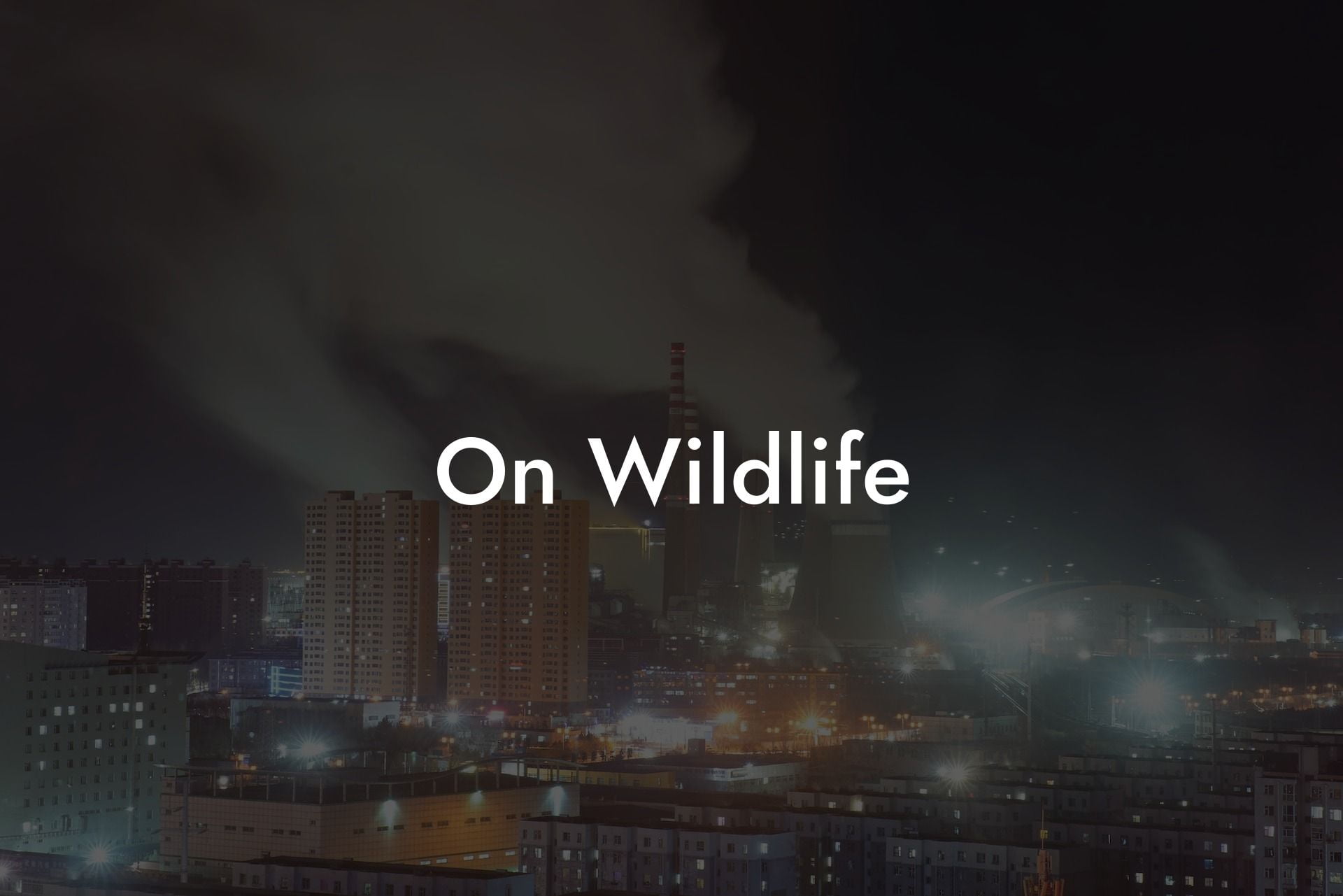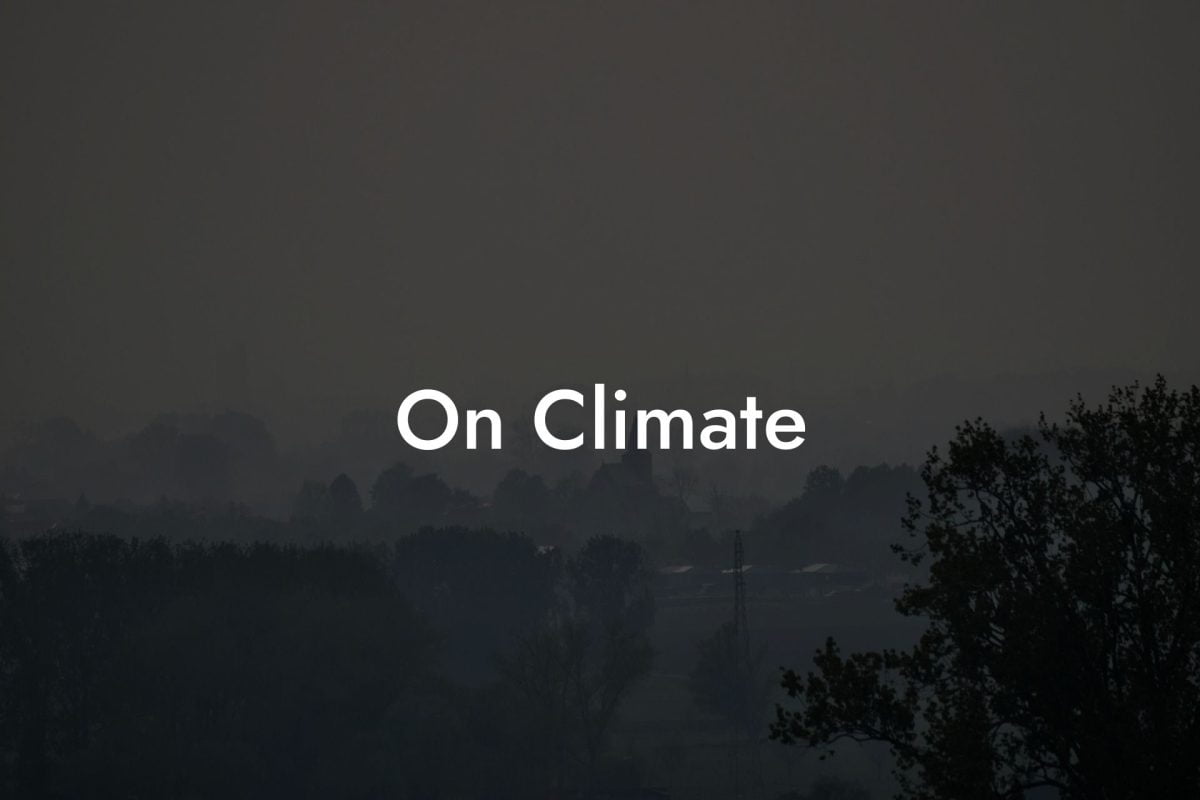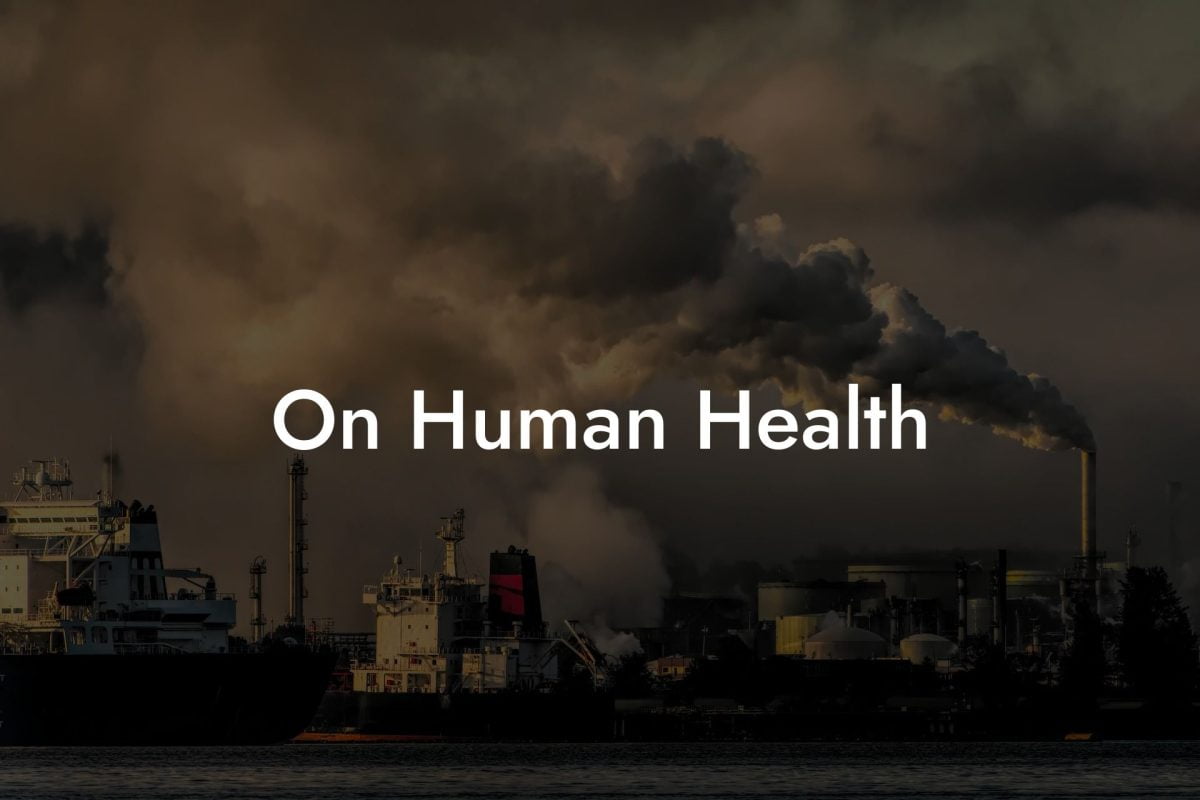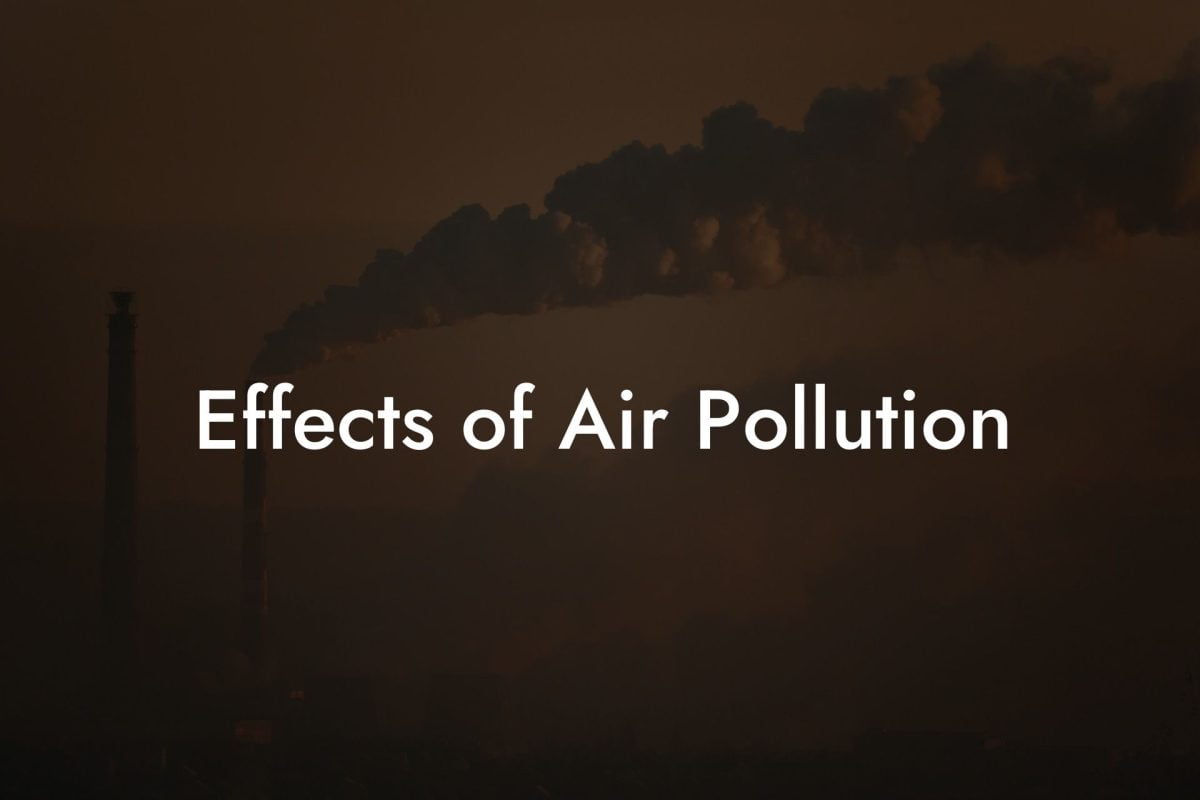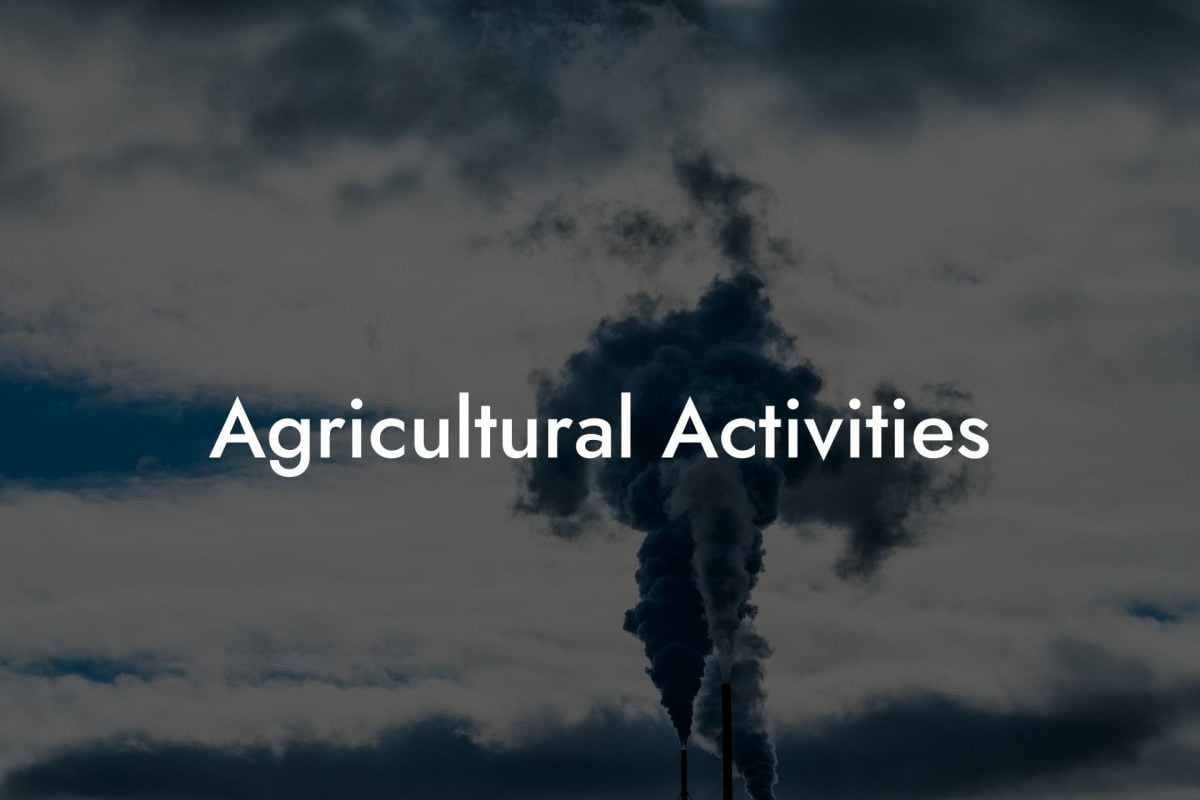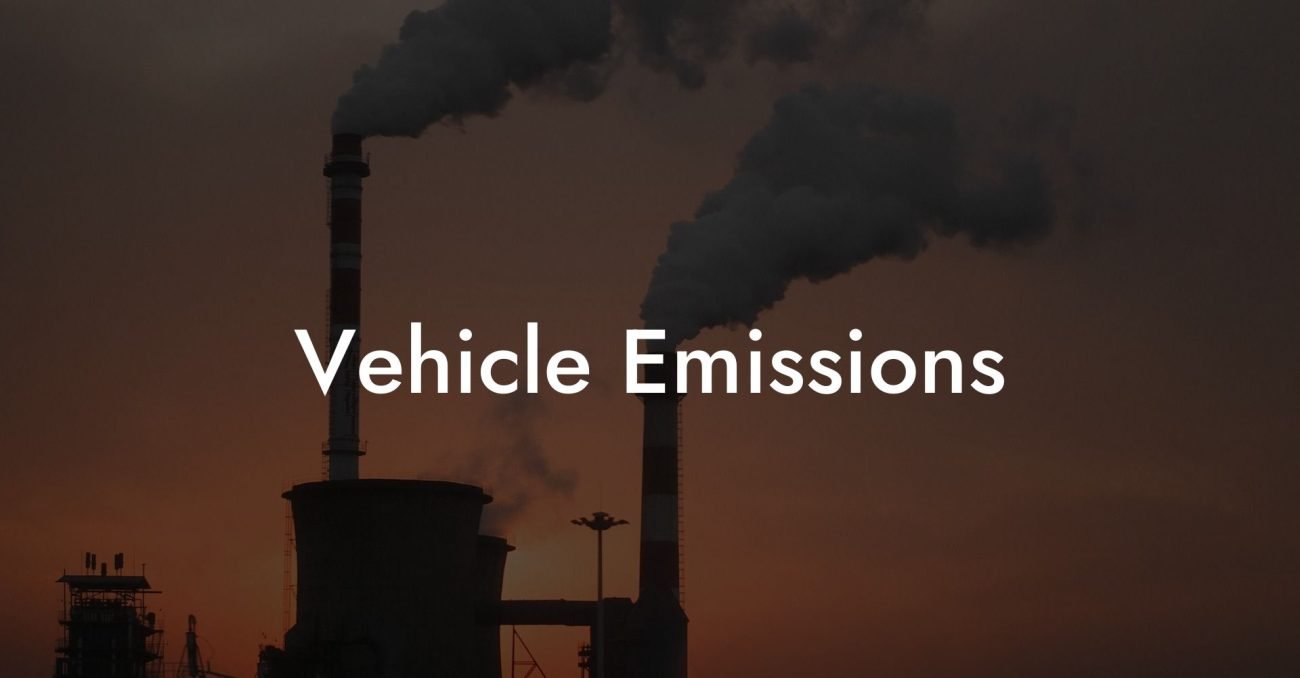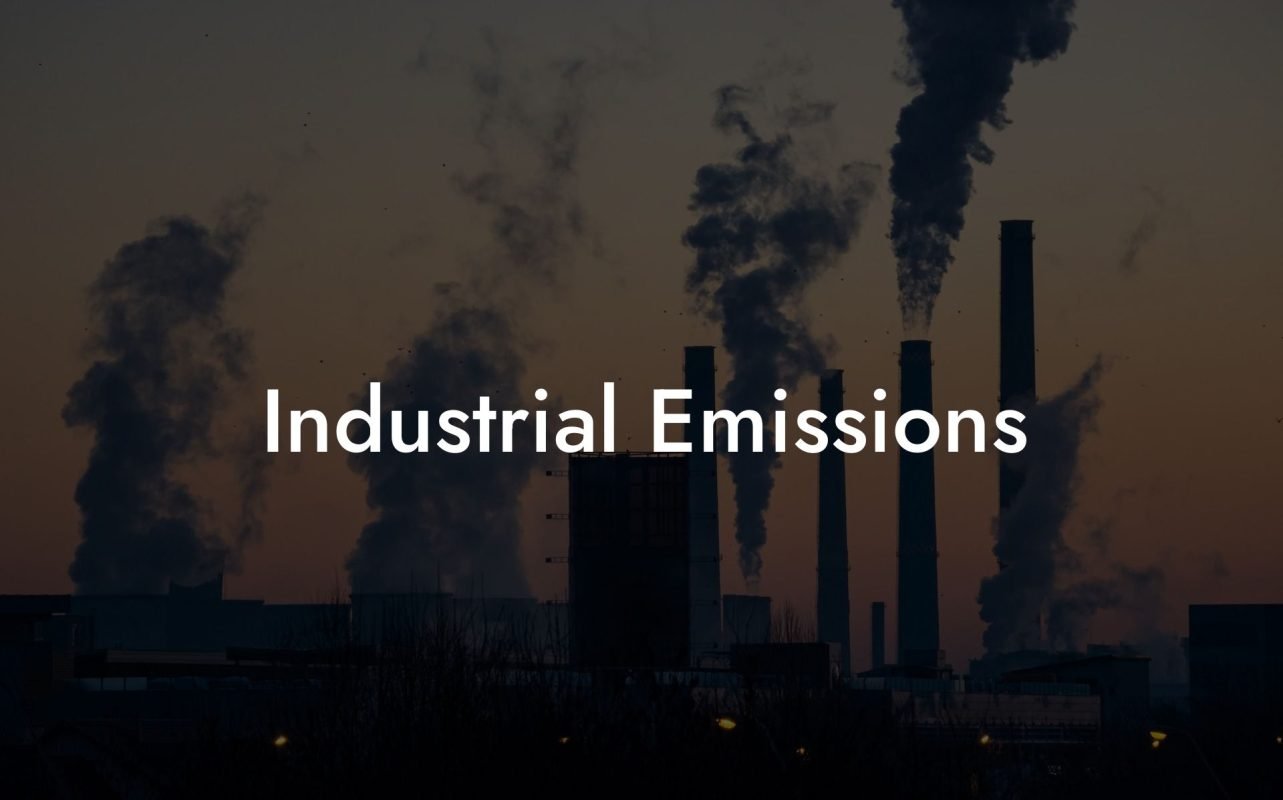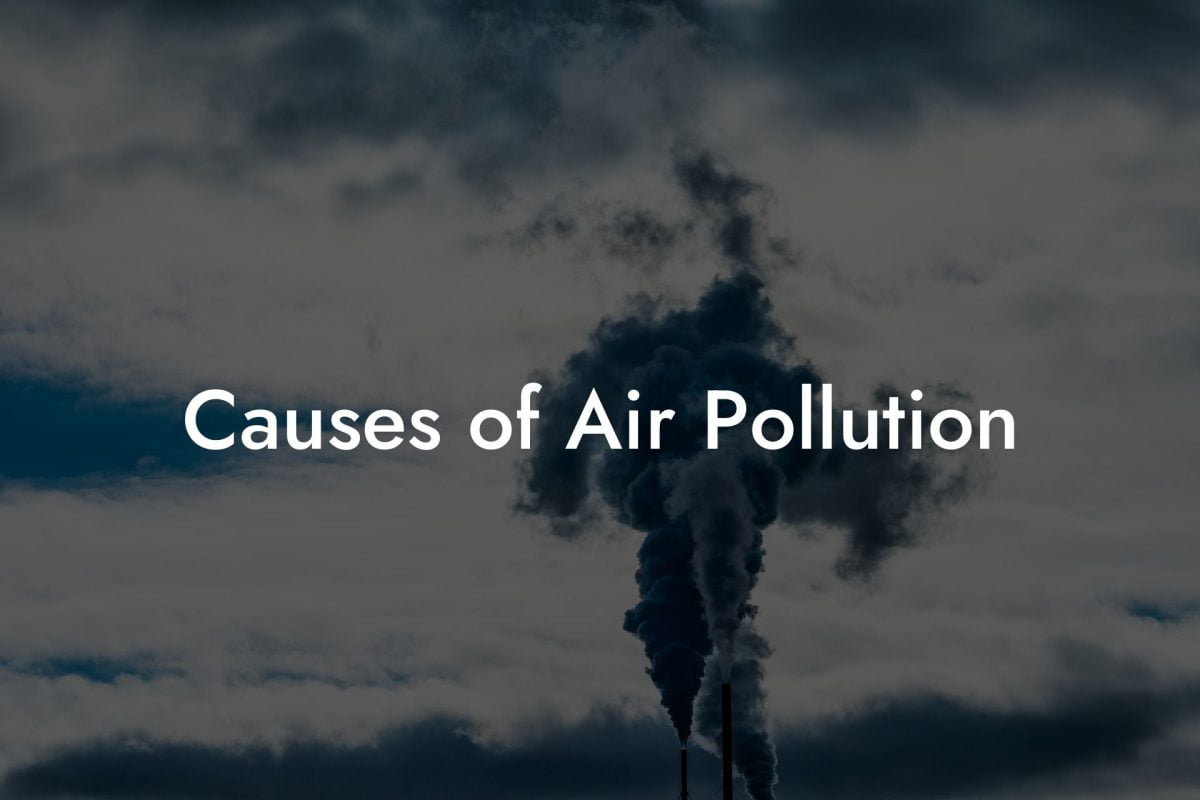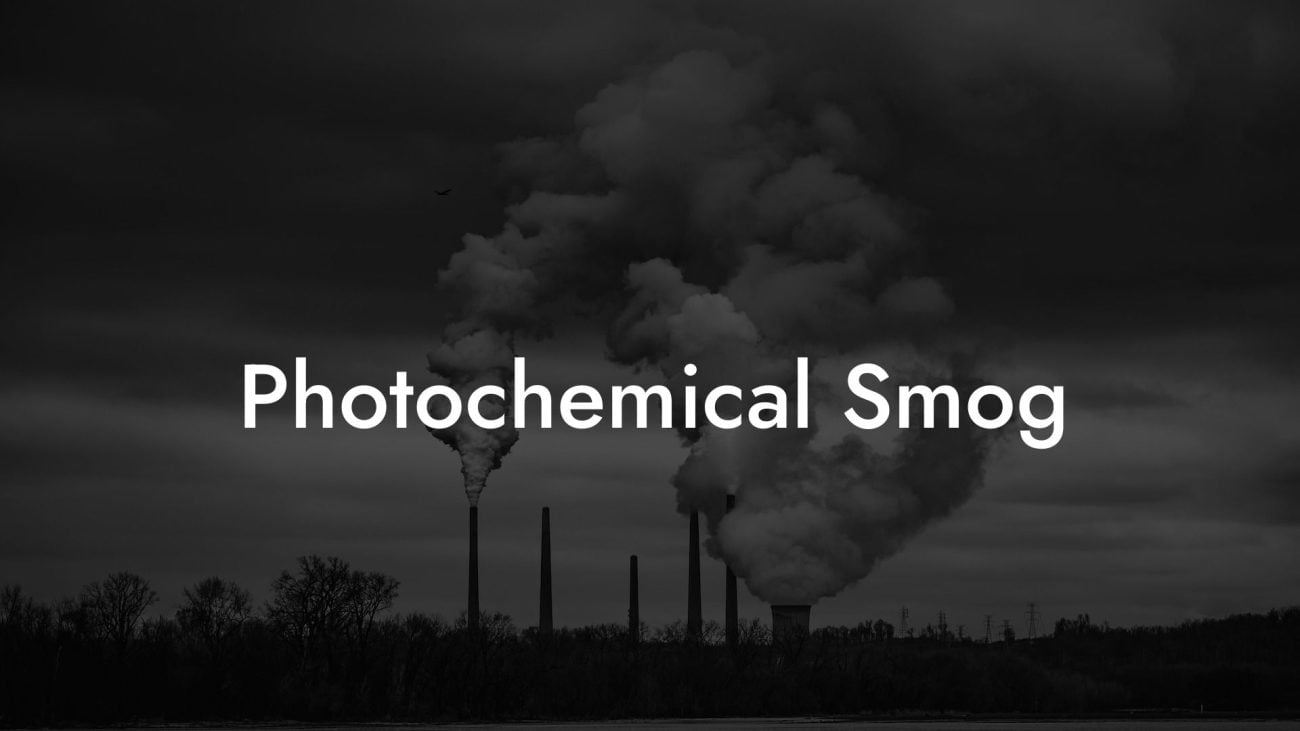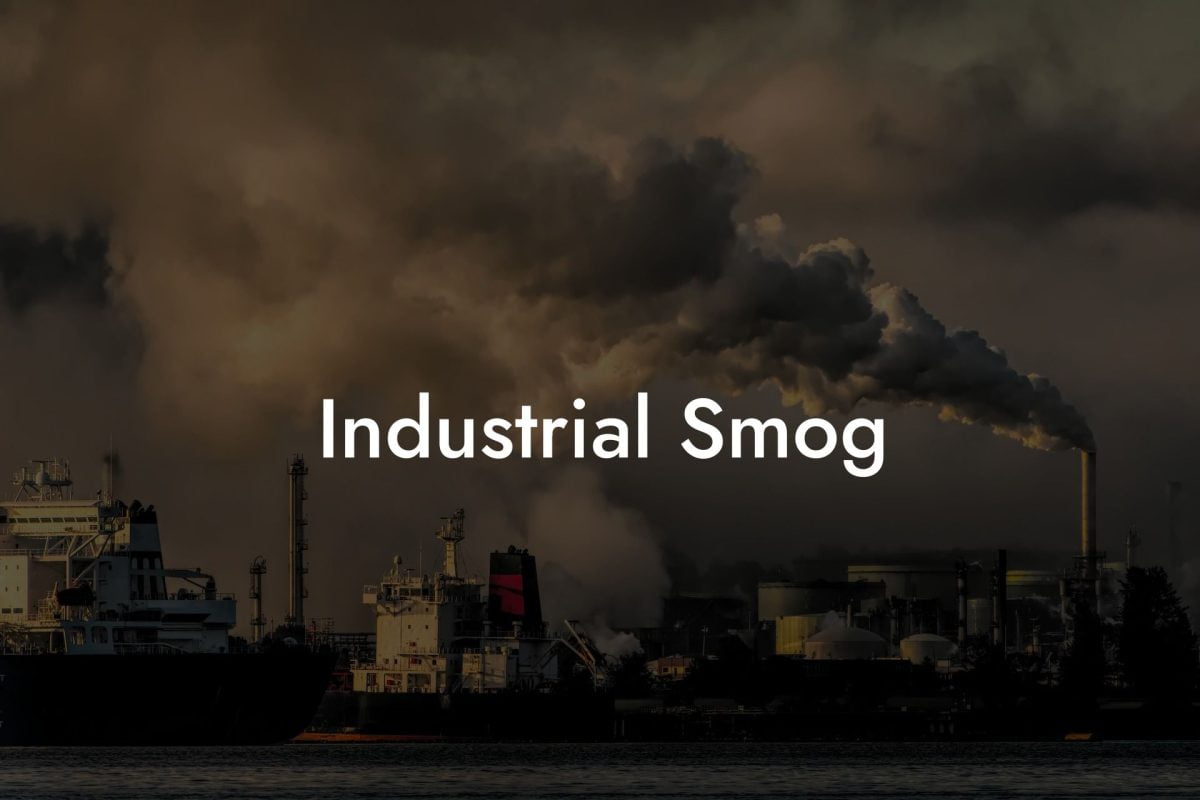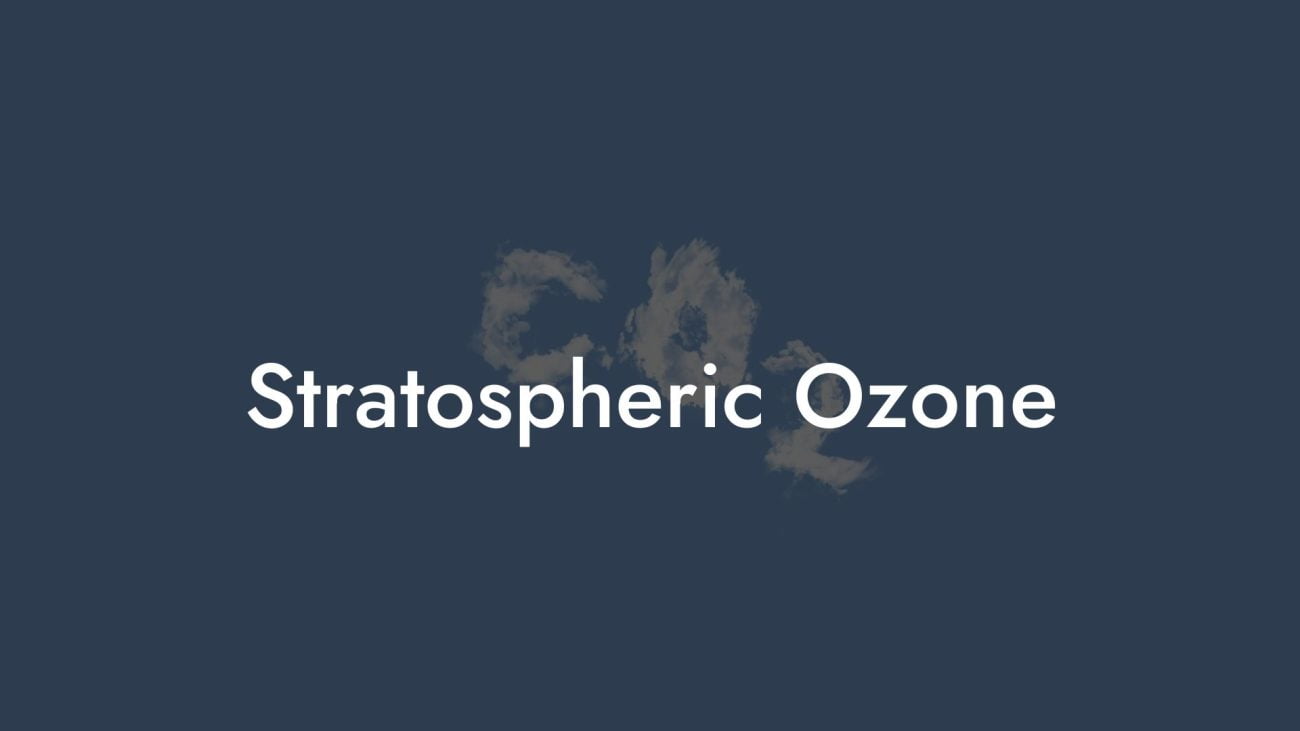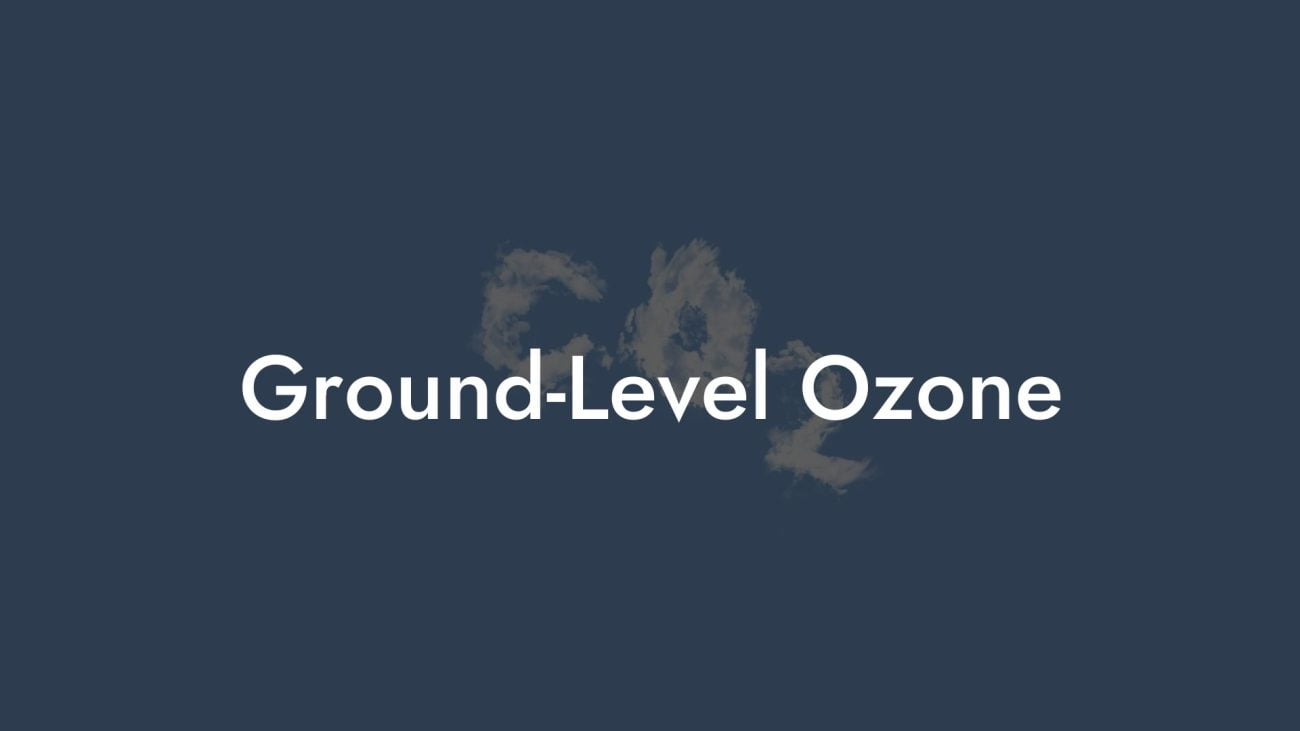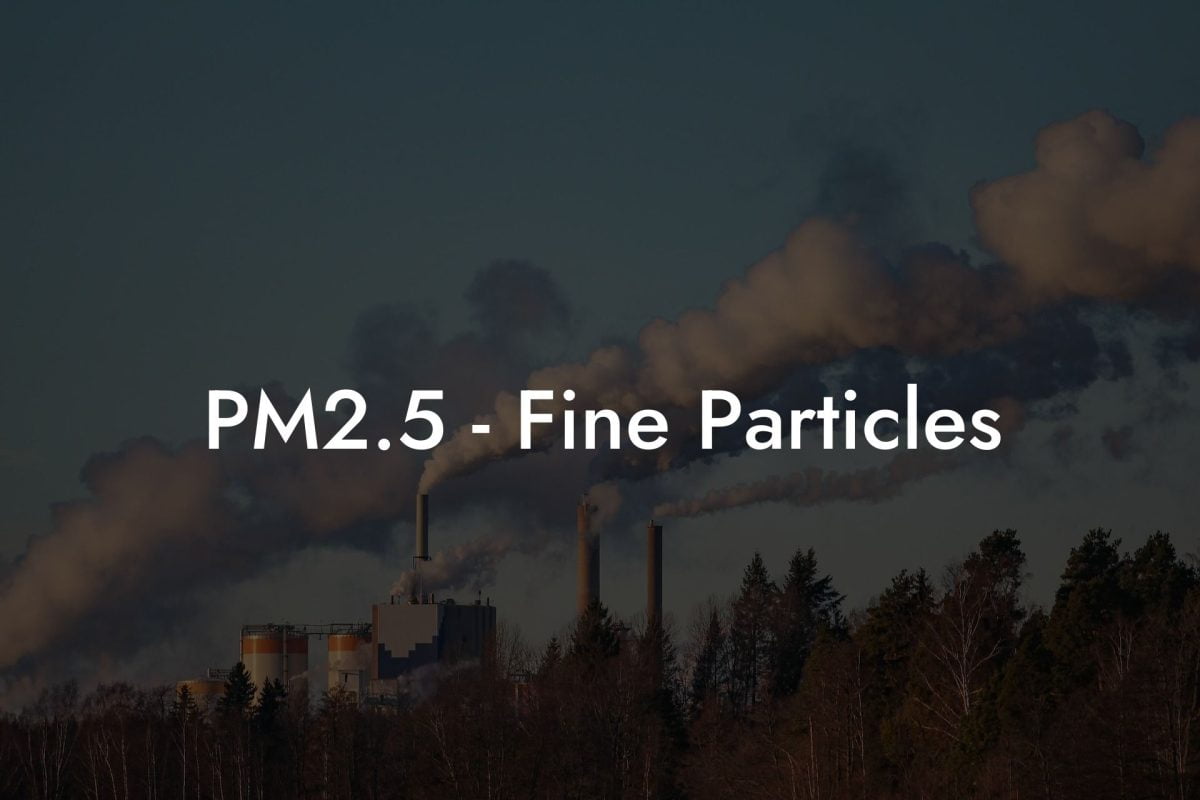Introduction to Air Pollution and Wildlife
Air pollution's impact on wildlife is a growing concern in environmental conservation. The pollutants that affect air quality for humans also pose significant risks to various wildlife species and their habitats.
Understanding the Broad Impact
Air pollution affects wildlife directly through exposure to harmful pollutants and indirectly by altering their habitats and food sources.
Major Air Pollutants Affecting Wildlife
Particulate matter can cause respiratory issues in wildlife, similar to its effects on humans. Animals in urban or industrial areas are particularly at risk.
Nitrogen Oxides (NOx) and Sulfur Dioxide (SO2)
NOx and SO2 contribute to acid rain formation, which affects water and soil quality, impacting habitats and food sources for wildlife.
Ground-level ozone can harm sensitive wildlife species, affecting their growth and survival rates.
Heavy Metals and Chemicals
Pollutants like mercury and persistent organic pollutants (POPs) can accumulate in the food chain, affecting a wide range of species.
Direct Health Impacts on Wildlife
Respiratory and Reproductive Issues
Air pollutants can cause respiratory problems in animals and have been linked to reproductive failures and developmental abnormalities in some species.
Immune System Impairment
Exposure to air pollution can weaken the immune systems of animals, making them more susceptible to diseases.
Ecosystem-Level Impacts
Acidification of Natural Habitats
Acid rain alters the pH of soils and water bodies, affecting the flora and fauna that depend on these ecosystems.
Altered Food Sources
Changes in plant health due to air pollution can disrupt the food chains, affecting the nutrition and survival of wildlife.
Biodiversity Loss
The cumulative effects of air pollution can lead to a decline in biodiversity, with sensitive species being the most vulnerable.
Impact on Specific Wildlife Species
Birds
Birds are particularly susceptible to air pollution, with studies showing declines in bird populations in areas with poor air quality.
Aquatic Life
Aquatic ecosystems are significantly impacted by acid rain and heavy metal pollution, affecting fish and other aquatic organisms.
Insects and Pollinators
Pollutators like bees and butterflies can be affected by air pollutants, impacting pollination and plant reproduction.
Monitoring and Research
Wildlife Health Monitoring
Monitoring the health and populations of wildlife species helps in understanding the impact of air pollution on ecosystems.
Research and Studies
Ongoing research studies the effects of specific pollutants on different wildlife species and habitats.
Mitigating the Impact on Wildlife
Pollution Control Measures
Implementing stricter air pollution controls and reducing emissions from industrial and vehicular sources are crucial steps in protecting wildlife.
Conservation and Restoration Efforts
Conservation programs and habitat restoration efforts can help mitigate the impact of air pollution on wildlife.
The Situation in the UK
UK's Wildlife at Risk
The UK's wildlife, including birds, mammals, and aquatic life, faces threats from various air pollutants, with urban and industrial areas being hotspots.
Initiatives and Policies
The UK has undertaken various initiatives to monitor and reduce air pollution, aiming to protect both human health and wildlife.
UK Air Pollution: Your Premier Source for Air Pollution Data
Comprehensive Database for Wildlife Impact Analysis
UK Air Pollution provides extensive data on air pollution across the UK, aiding in the study of its effects on wildlife and supporting conservation efforts.
Why Choose UK Air Pollution?
Our platform offers detailed, accessible, and informative content, making it the perfect resource for projects, services, and research focused on understanding and mitigating the effects of air pollution on wildlife in the UK.
Frequently Asked Questions
What is Air Pollution?
Air pollution refers to the presence of harmful substances in the atmosphere, including gases, particulates, and biological molecules, that can have adverse effects on wildlife, plants, and ecosystems.
How Does Air Pollution Affect Wildlife?
Air pollution can affect wildlife through direct inhalation of pollutants, changes in their habitat and food sources, and alteration of the ecosystems they depend on.
What Types of Air Pollutants Impact Wildlife?
Common air pollutants that impact wildlife include sulfur dioxide (SO2), nitrogen oxides (NOx), ozone (O3), particulate matter (PM), and toxic chemicals like pesticides and heavy metals.
Can Air Pollution Lead to Habitat Degradation?
Yes, air pollution can lead to habitat degradation by affecting the quality and composition of soil and water, altering plant communities, and damaging ecosystems.
How Does Acid Rain Affect Wildlife?
Acid rain, caused by sulfur dioxide and nitrogen oxides in the air, can acidify soil and water bodies, affecting the survival and reproduction of aquatic and terrestrial wildlife.
What is the Impact of Ozone on Wildlife?
Ground-level ozone can damage vegetation and ecosystems, leading to habitat loss and reduced food availability for wildlife. It can also directly harm sensitive wildlife species.
How Do Particulate Matter Emissions Affect Animals?
Particulate matter can affect animals by causing respiratory issues, reducing visibility for predators and prey, and carrying toxic substances that can accumulate in the food chain.
Can Air Pollution Affect Aquatic Wildlife?
Yes, air pollution affects aquatic wildlife when pollutants are deposited into water bodies, leading to changes in water chemistry, reduced oxygen levels, and contamination of aquatic food chains.
How Does Air Pollution Influence Plant Life and Food Sources for Wildlife?
Air pollution can damage plant life, affecting the growth, reproduction, and nutritional value of plants, which are critical food sources for wildlife.
What Are the Effects of Air Pollution on Birds?
Birds are particularly vulnerable to air pollution, which can cause respiratory issues, reduce their food sources, and lead to habitat loss. Certain pollutants can also affect their reproductive success.
How Does Air Pollution Impact Insects and Pollinators?
Air pollution can impact insects and pollinators like bees by contaminating their food sources, altering their habitats, and directly affecting their health and behavior.
Can Wildlife Adapt to Increasing Air Pollution Levels?
While some wildlife species may adapt to changing conditions, many cannot cope with rapid changes caused by air pollution, leading to population declines or shifts in species distribution.
How Does Air Pollution Affect Endangered Species?
Air pollution poses an additional threat to endangered species by degrading their habitats, reducing their food sources, and exacerbating existing health challenges.
What Role Do Toxins in Air Pollution Play in Wildlife Health?
Toxins in air pollution, such as heavy
metals and persistent organic pollutants, can accumulate in wildlife, leading to health issues, reproductive failure, and even mortality.
How Does Air Pollution Influence Migratory Patterns of Wildlife?
Air pollution can alter migratory patterns by affecting navigation, changing habitats, and impacting food availability along migratory routes.
What is the Impact of Air Pollution on Marine Life?
Air pollution impacts marine life by contaminating the ocean through atmospheric deposition, leading to issues like acidification, eutrophication, and harm to marine food webs.
How Does Smog Affect Urban Wildlife?
Smog in urban areas can harm wildlife by reducing air and water quality, causing respiratory stress, and disrupting natural behaviors and habitats.
Can Air Pollution Cause Genetic Changes in Wildlife?
Exposure to certain air pollutants can cause genetic changes or mutations in wildlife, potentially affecting their development, reproduction, and survival.
How Do Pesticides in the Air Affect Wildlife?
Pesticides carried through the air can settle in distant ecosystems, contaminating food sources, and directly harming non-target wildlife species.
What Are the Long-Term Effects of Air Pollution on Ecosystems?
Long-term effects of air pollution on ecosystems include reduced biodiversity, changes in species composition, and altered nutrient cycles, which can have cascading impacts on food webs and ecosystem services.
How Can We Mitigate the Effects of Air Pollution on Wildlife?
Mitigation measures include reducing emissions, protecting and restoring natural habitats, monitoring air quality, and implementing conservation strategies to support vulnerable species and ecosystems.
What Research is Being Done on Air Pollution's Impact on Wildlife?
Research is focusing on understanding the specific effects of various pollutants on different wildlife species, studying ecosystem-level impacts, and developing strategies for conservation and habitat restoration.
What Role Do Wildlife Sanctuaries and Conservation Areas Play?
Wildlife sanctuaries and conservation areas play a crucial role in providing refuge for wildlife from the impacts of air pollution, offering protected habitats where they can thrive.
How Can Public Awareness Help Protect Wildlife from Air Pollution?
Public awareness and education about the effects of air pollution on wildlife can lead to greater support for environmental policies, conservation efforts, and sustainable practices that benefit wildlife.


